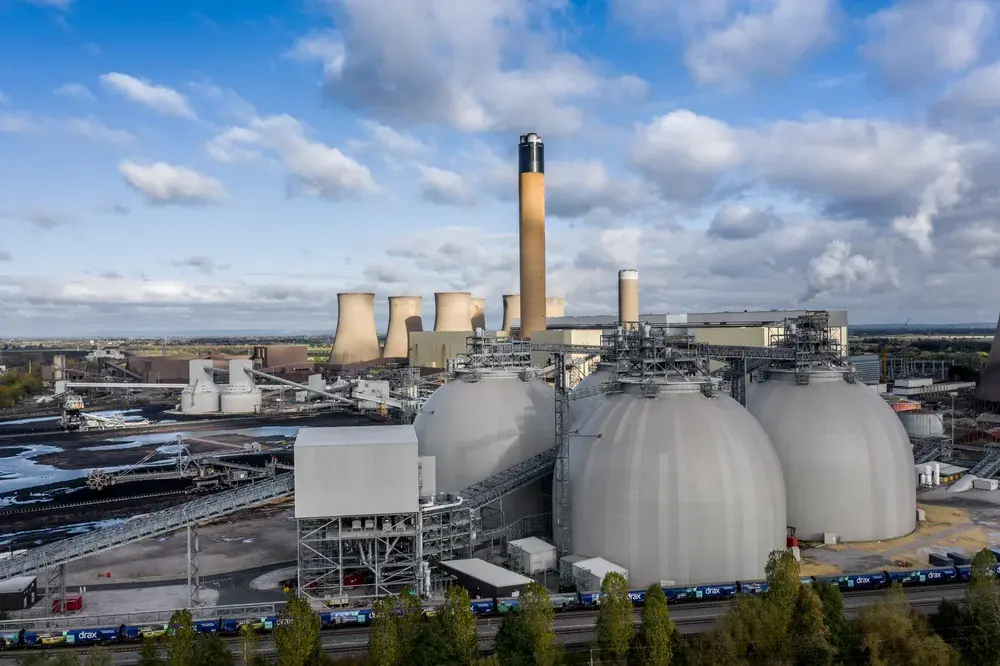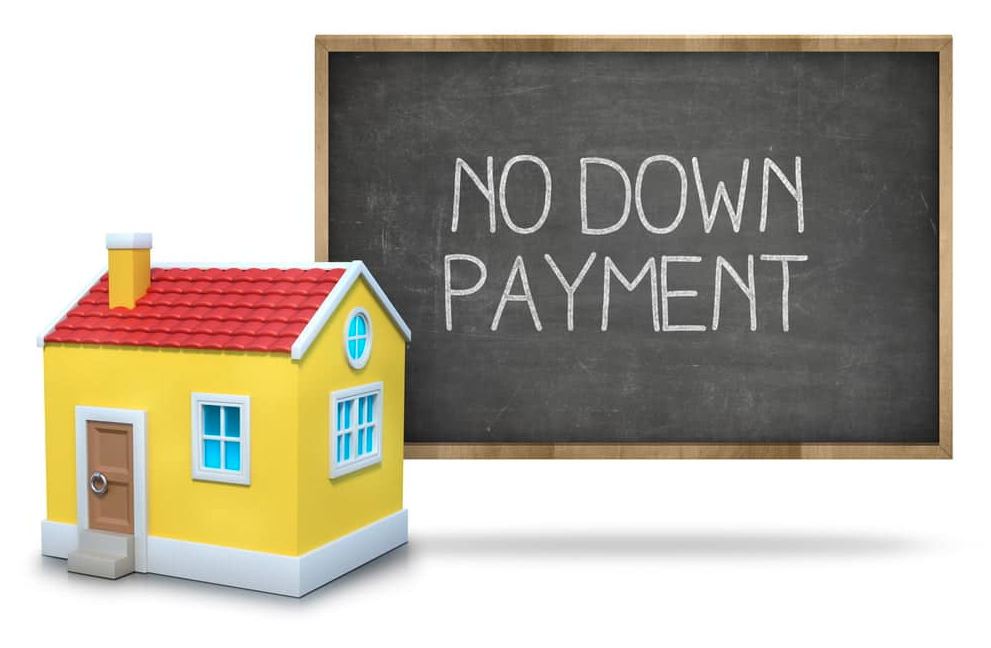How Carbon Offsets and Carbon Credits Help Businesses Achieve Net-Zero Emissions
In today's world, carbon offsets and carbon credits have become key tools in helping businesses achieve net-zero emissions. As more companies strive to reduce their carbon footprint and combat climate change, understanding the role of these environmental mechanisms is essential. Carbon offsets and credits provide businesses with effective solutions to balance out their greenhouse gas (GHG) emissions, ultimately working toward a more sustainable future. 🌍🌱
What are Carbon Offsets and Carbon Credits?
Carbon Offsets
A carbon offset is a reduction in greenhouse gases (GHGs) that is used to compensate for emissions produced elsewhere. By purchasing offsets, businesses can "offset" their emissions by investing in projects that reduce or remove carbon from the atmosphere, such as reforestation, renewable energy projects, or methane capture.
Carbon Credits
Carbon credits are permits that allow businesses to emit a certain amount of carbon dioxide (CO2) or other GHGs. One credit typically represents one metric ton of CO2 reduced or removed from the atmosphere. These credits can be traded or sold, allowing businesses to meet regulatory requirements or achieve their environmental goals.
How Carbon Offsets and Credits Contribute to Net-Zero Emissions
Achieving net-zero emissions means that a company is balancing the amount of carbon it emits with the amount it removes or offsets. Carbon offsets and credits are central to this process, helping companies neutralize their environmental impact. Here’s how they contribute:
| Mechanism | Contribution to Net-Zero Emissions |
|---|---|
| Carbon Offsets | Offsets help reduce overall emissions by funding projects that remove carbon from the atmosphere, such as forestry or renewable energy projects. |
| Carbon Credits | Carbon credits allow businesses to meet emission reduction targets by investing in verified emissions-reducing projects or buying credits from emissions trading programs. |
| Combining Offsets and Credits | By using both offsets and credits, businesses can achieve a balance between their emissions and reduction efforts, contributing to overall sustainability goals. |
Benefits of Using Carbon Offsets and Credits for Businesses
1. Environmental Impact Reduction
Purchasing carbon credits or offsets allows businesses to make a direct, positive impact on the environment. By funding renewable energy projects or supporting deforestation prevention, businesses help to mitigate the effects of climate change.
2. Regulatory Compliance
For companies in industries subject to carbon emissions regulations, such as energy, manufacturing, and transportation, purchasing carbon credits can help meet legal requirements for emission reductions. This helps avoid penalties while working toward sustainable practices.
3. Enhancing Corporate Social Responsibility (CSR)
Consumers and investors are increasingly prioritizing sustainability. By investing in carbon offsets and credits, businesses demonstrate their commitment to reducing their environmental impact and improving their CSR. This can enhance brand image, attract environmentally conscious customers, and foster loyalty.
4. Achieving Sustainability Goals
Using carbon offsets and credits is a practical approach for companies striving to meet sustainability goals, especially those targeting net-zero emissions. These tools allow businesses to offset their carbon emissions while supporting projects that have lasting environmental benefits.
The Carbon Offset and Credit Market
The carbon credit and offset market has grown rapidly in recent years, with businesses worldwide purchasing credits to meet regulatory requirements or voluntarily offset emissions. The market includes two primary types of carbon credits:
| Type of Carbon Credit | Description |
|---|---|
| Voluntary Carbon Credits | Purchased by companies or individuals voluntarily to offset emissions. Often associated with specific environmental projects like renewable energy or forestry. |
| Compliance Carbon Credits | Mandated by government regulations, such as the EU Emissions Trading System (EU ETS), to meet required emissions reductions for regulated industries. |
How to Choose the Right Carbon Offsets and Credits for Your Business
Choosing the right carbon credits or offsets can be a challenging task for businesses. It’s important to ensure that the projects funded are credible, transparent, and effective. Here are some key factors to consider:
1. Certification Standards
Look for certified carbon offset programs that comply with internationally recognized standards such as:
- Verified Carbon Standard (VCS)
- Gold Standard
- Clean Development Mechanism (CDM)
These certifications ensure that projects meet high environmental integrity and contribute to actual emissions reductions.
2. Project Type
Choose projects that align with your business values. For example, if your company prioritizes conservation, you may opt for reforestation projects, while businesses in the energy sector might focus on renewable energy projects.
3. Transparency and Monitoring
Ensure that the carbon offset or credit provider regularly reports on the project’s progress and environmental outcomes. This transparency helps verify that your investment is making a real difference.
4. Price and Availability
Carbon credit and offset prices vary depending on the project type and location. Research different providers and assess the cost-effectiveness of each option for your business.
Challenges in Implementing Carbon Offsets and Credits
While carbon offsets and credits are powerful tools, they come with challenges:
- Cost: High-quality offsets can be expensive, especially for large businesses with significant emissions.
- Verification: Ensuring that the offsets represent actual environmental impact can sometimes be difficult, leading to concerns about the quality and effectiveness of some credits.
- Dependence on External Projects: Offsets are only effective if the projects being funded deliver the promised results. If projects fail, the carbon reductions are not achieved.
The Future of Carbon Offsets and Credits
As more businesses aim for net-zero emissions, the carbon offset and credit market is expected to continue expanding. Technological advancements, such as blockchain, may provide more transparency and traceability for offset projects, making it easier for companies to ensure their investments are effective.
Key Trends
- Increased Demand: As companies worldwide commit to net-zero targets, demand for carbon credits and offsets is likely to rise.
- Enhanced Standards: Stricter certification standards and improved monitoring will ensure higher-quality offsets and credits.
- Innovation: New projects and methods, such as direct air capture, will create more opportunities for businesses to offset their emissions.
Conclusion
Carbon offsets and carbon credits play a vital role in helping businesses achieve net-zero emissions. By investing in credible and effective projects, businesses can reduce their carbon footprint, meet regulatory requirements, and improve their environmental impact. The integration of offsets and credits into a company's sustainability strategy not only contributes to climate action but also strengthens corporate reputation and opens new opportunities for growth.




